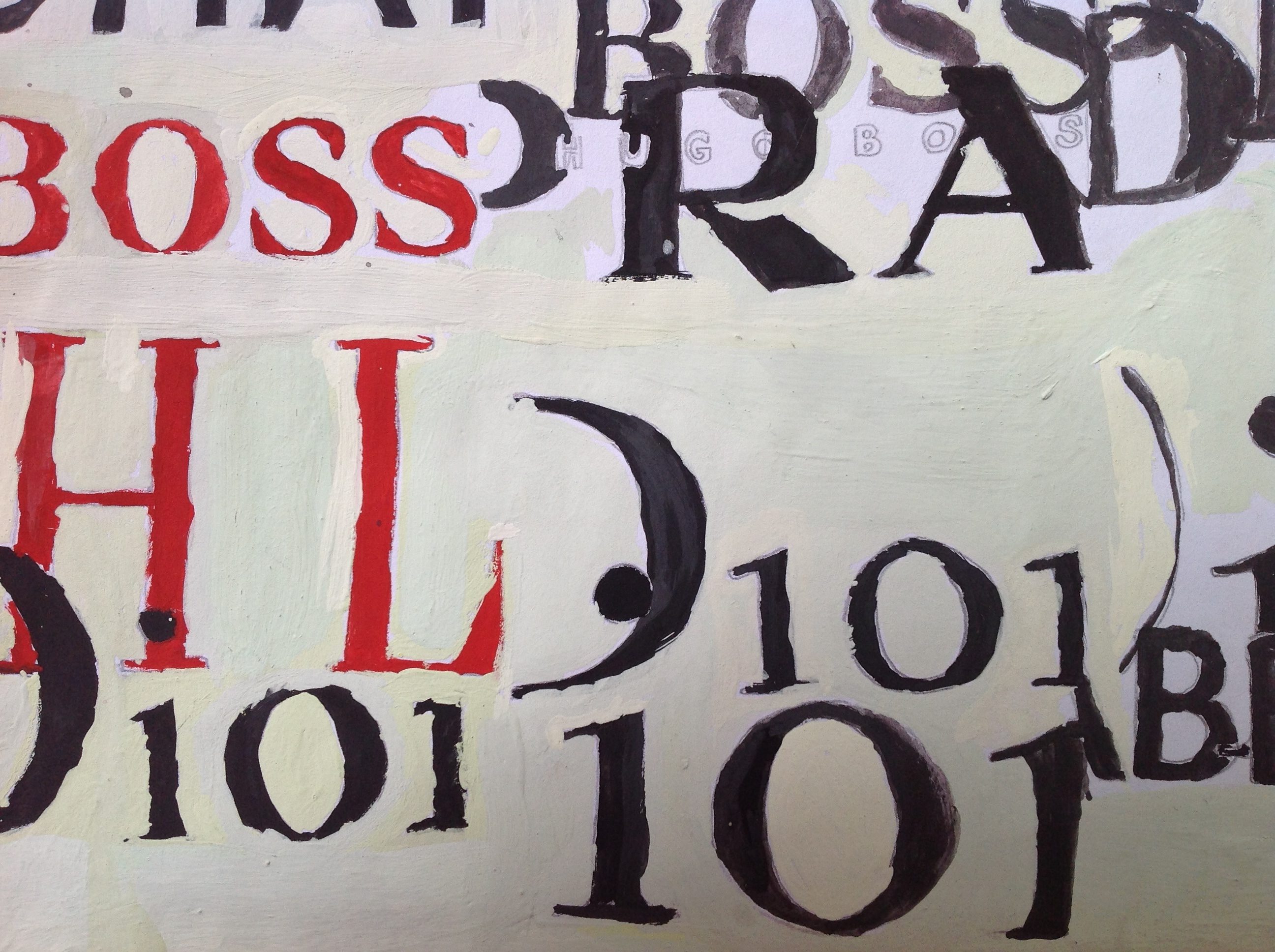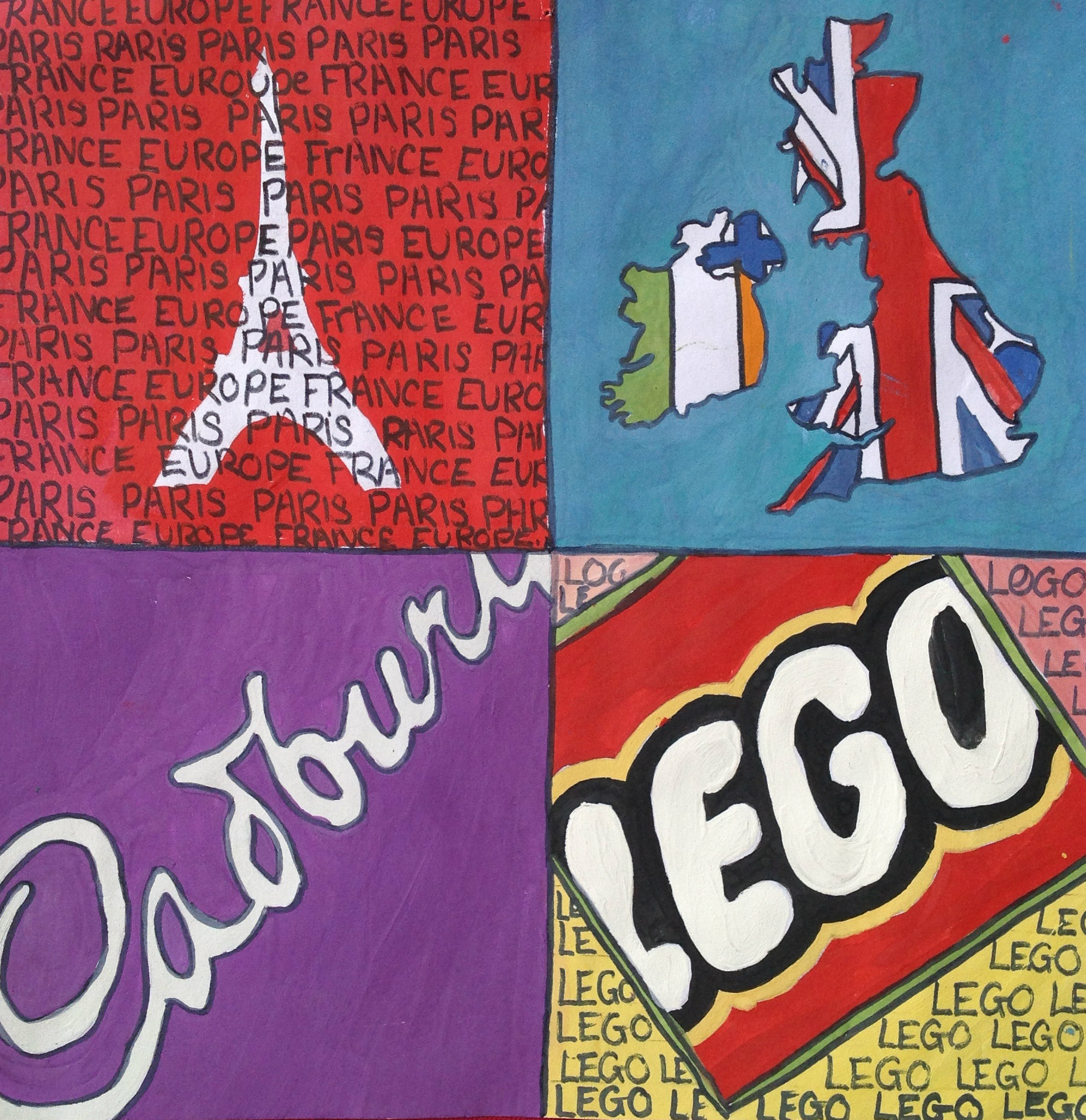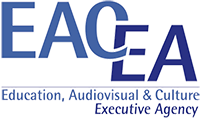UK Lesson Plan
Scheme of Work: Being European
Recommended Age Group: 13-14 years
Timescale: 12 hours (over 6-8 weeks)
Country of Origin: United Kingdom
Project School: Chenderit
Conceptual Framework
The concept behind this series of lessons is to enable pupils to understand common perceptions of personal European identity.
The sequential development of this project is to:
• Encourage pupils to understand the concept of ‘identity’,
• Encourage pupils to be aware of the scope of the EU,
• To identify the personal connections that they have with it,
• Encourage pupils to identify the feelings that they have as a result of a these connections,
• To perceive these as their EU identity,
• Channel this awareness into pieces of expressive artwork accompanied by written pieces of reflective explanation.
Practical teacher interventions should ensure that pupils will be encouraged to revise the fundamentals of analysing images and pupils will be introduced to the mechanics of using the Creative Connections website.
Pupils should be familiarised with the Creative Connections website and introduced to their partner schools. Encourage the pupils to begin to get to know their partners as soon as possible by using the blog. For best results, images and texts can be uploaded as soon as possible as the work progresses to facilitate the conversations, rather than wait until all the artwork has been completed to begin the blogging.
Key words
• Identity,
• European identity,
• Multiple identities,
• European Union,
• Expression,
• Community.
Instructions for Activities
Lesson 1 My European Identity
Time frame 1-½ hours
Resources
• Maps,
• Example spider diagram,
• Country names written on pieces of paper or post it notes,
• Collage materials.
Objectives
• To clarify the concept of identity,
• To pursue the concept of European Identity
Activities
1. The class discusses the concept of individual identity. As the teacher, you should introduce related vocabulary and give some definitions of ‘identity’ to generate a discussion. Ask pupils to explore their understanding of the word ‘identity’ – in small groups or pairs and then as a whole class.
2. Pupils create an individual mind map to explore their notions of what personal Identity means to them.
3. Explain the expectations for the project: Introduce the concept that we have ‘multiple identities’ and ask pupils to say what this means to them. For example;
• How do they portray themselves in different circumstances?
• Do they wear certain types of clothing at different times etc?
• What else might they define as part of a multiple identity?
This might include:
• Their local town,
• Their country, ethnicity, religion, family, interests, talents etc.
If the issue of being European is not raised, introduce this concept and attempt to refocus the tasks.
4. The class researches and reflects upon what the EU is - size, history, diversity, function and intentions etc. They can then discuss what Europe is and draw up lists of how the EU Europe / Non EU or Europe are different and where they overlap. The class discusses how they feel about being part of Europe.
5. Exploration of Europe: Pupils work in small groups. Each group is allocated some European countries (names written on cards and pupils are asked to select three/four etc.) Each group is then given a map of Europe and asked to find their countries; the groups then discuss the things that these countries are well known for and they mark these on a map.
6. Working in the same groups pupils produce a ‘spider-diagram’ of the ways that Europe impacts on their lives (food, personalities, holidays, festivals etc.). Bring the class together and ask them to reflect on how they feel about being part of Europe.
7. Working individually, pupils draw an outline of a human head as a line drawing. They should aim to fill an A4 piece of paper with their drawing, and then fill this outline with images and text, collage and drawings of things which reflect their own individual feelings about being European. (This task could also be given as a homework activity or created on-line using a site such as Wordle).
‘My identity as a British citizen, but also as a member of European community.’
Teachers’ Notes
Wordle is available at http://www.wordle.net/
Lesson 2
Time frame 1 hour
Resources
• Large paper,
• Marker pens, Resources for researching e.g. laptops, books, magazines etc
Objective
To clarify each pupils’ European Identity
Resources
Each pupil should have their personal identity mind map plus their ‘European’ Identity collage from the last lesson
Activities
1. Begin the session by encouraging a deeper class discussion about identity:
• What do you now think this means?
• Have your thoughts and ideas changed at all?
• Can we have more than one identity?
• Can we change our identity?
• Can we have a hidden identity?
2. Ask pupils to look at and consider their ‘European’ collage alongside their mind maps of their personal identities. Working in pairs or small groups they should draw connection lines, if and where appropriate, between these two identities, and start to map similarities and differences between each other. This will help them to identify indicators of individual pupil’s EU identity and help them to make personal links.
3. Each pupil chooses one (or more) aspect of their European Identity that they wish to investigate further, and makes a written statement about why that particular aspect has been chosen.
4. Pupils research using the Creative Connections Artwork Database and the Internet for artists’ images, and seek out information to support visualising their chosen aspect. They work in sketchbooks to develop this research and complete it as a homework task if necessary.

What binds us as Europeans is brands and money.
Lesson 3
Timeframe 1 hour
Resources and preparation
• Sketchbooks,
• Materials for sketching and writing,
• Resources for researching e.g. laptops, books, magazines etc
Prepare a PowerPoint slideshow with artwork from the Creative Connections artwork database. Prepare a list of open-ended questions with which to engage the pupils with these.
Objective
To clarify ideas for artwork
Activities
1. Begin the session with a whole-class review of the written statements about why particular aspects have been chosen. Ask pupils to share their ideas, research and any artist’s work they have found relating to their theme. Are any aspects of European identity particularly popular? Pupils working on similar themes can be encouraged to work together and share further ideas and resources.
2. The pupils can be organised into small groups to discuss how individual intentions could be best realised.
3. Pupils should now begin to work individually in their sketchbooks or on sheets of paper to sketch out rough ideas for expressing their chosen theme.
4. Show pupils some inspirational artwork that underpins some of the pupils’ ideas. The concept of analysing artwork through asking open questions such as ‘What do we see?’ ‘How do you think this was made?’ ‘What do you think the artist’s intention might be?’ can be introduced.
5. Each pupil can be asked to write a further Statement of Intent, explaining what they intend to create as a piece of artwork, how this can be achieved, which techniques they wish to use and what resources they will need. (They should also have a ‘why’ statement which should reflect some aspect of their EU identity).
Lesson 4
Timeframe 1 1/2 hours
Resources and preparation
Create a PowerPoint slideshow from photographic portraits that raise issues and questions about identity by contemporary artist Gillian Wearing:
• Gillian Wearing (1992-3) Signs that Say What You Want Them To Say and Not Signs that Say What Someone Else Wants You To Say.
Have some of the images printed out for group work.
Objective
To improve pupils’ ability to review artwork using Gillian Wearing images
Activities
1. Pupils are reminded, as a class, of the sorts of questions they might ask themselves when analysing artwork, for example,
• What can you see?
• How has this been made?
• What do you notice?
• Why do you think the artist has composed the image in this way?
Use the images on the PowerPoint or from the Internet to introduce the pupils to the work of Gillian Wearing and analyse the example as a class.
2. Give pupils printed images to discuss, and analyse further examples in small groups.
3. Ask each group to give feedback to the class, emphasising multiple possible interpretations of the images.
4. Ask pupils to revisit their personal themes having considered their ideas in relation to Gillian Wearing’s work. They should begin create their final piece as identified in their Statement of Intent, or finalise their plans in order to begin their work in the next session.
Lesson 5
Timeframe 2 hours
Objective
To develop personal art-work
Activities
Begin this session with a brief whole class review of the pupils’ ideas for artwork. Most pupils should now be working independently. You might need to support some pupils by demonstrating techniques and materials. You might also intend to teach specific skills during this phase of the project. Identify any pupils who continue to require input or time to research further. For the remainder of the lesson pupils continue to develop their artwork.

My self identity – pupil response from Chenderit School, UK.
Lesson 6
Timeframe 2 hours
Objective
• To expand pupils’ understanding of their European Identity,
• To continue to develop personal art-work
Activities
1. Refocus on the question of ‘Being European’. Start the session with a debate ‘What are some of the good things about being European?’ against ‘What is the drawback about being European?’ Divide the class in half and give them 10-15 minutes to develop an argument. They could discuss in small groups, make lists or mind maps, which can be collated.
2. Each half should elect one (or two) spokesperson and each side should present its case. If appropriate, the debate could include a discussion on how issues might be resolved.
3. For the remainder of the lesson pupils continue to develop their individual art-work
Note for Teachers
By the end of this lesson it is anticipated that some artwork may have been completed.
Pupil should be encouraged to photograph/scan their work in preparation for uploading it to the Creative Connections website.
Blogging
Subsequent lessons should facilitate the introduction of the Creative Connections website and pupils should be encouraged to upload their artwork as soon as it is completed. They should be encouraged to respond verbally through text, or visually by responding with an image of their own to other pupils’ work: in this way they will enter into a dialogue with their European partner schools.
Pupils could be encouraged to develop their personal artwork further during the time that conversations are taking place via the blogs. They might wish to collaborate with one another to extend their projects too.


